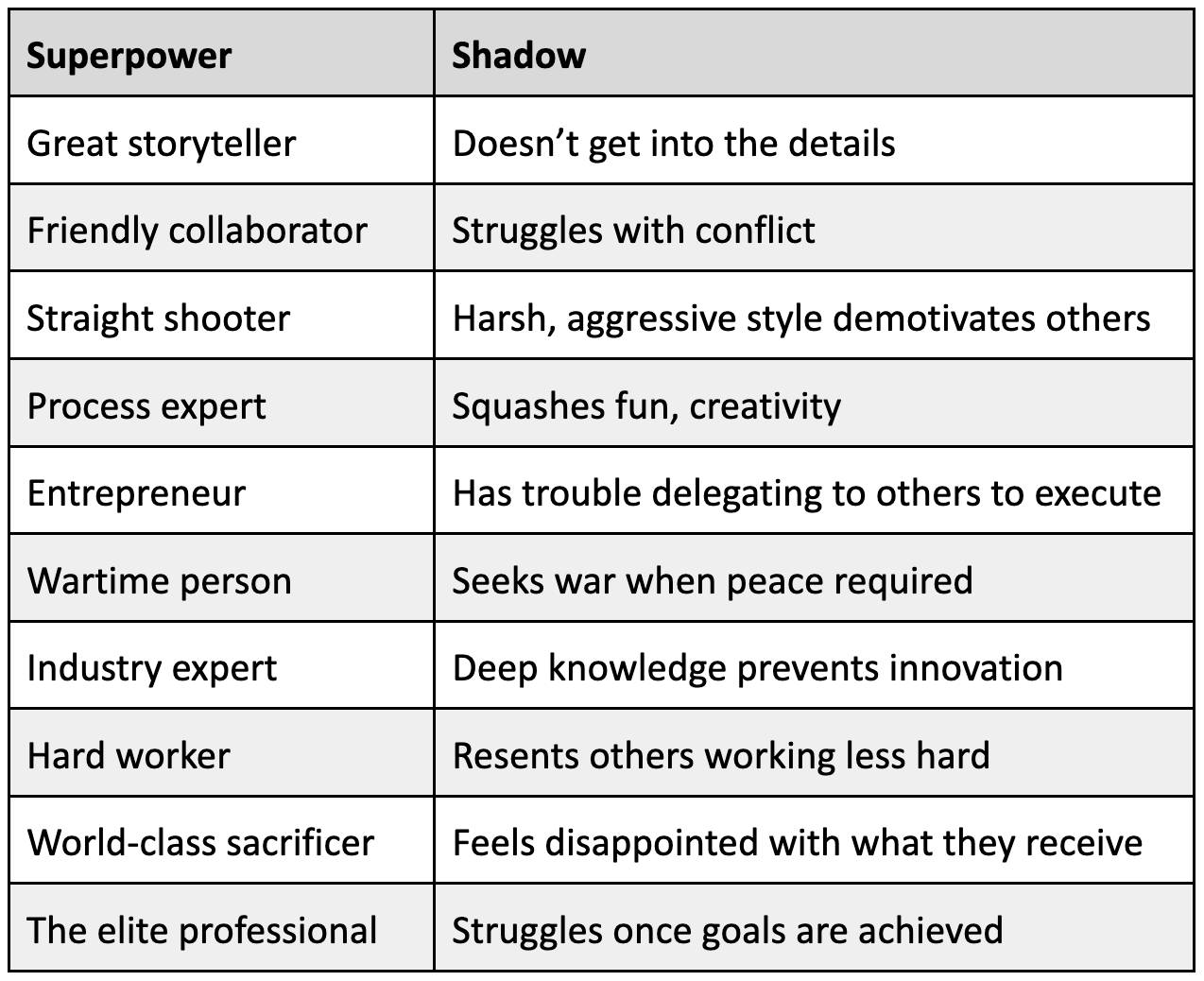10 Top Lessons for Product Leaders and Creators
The most important lessons from the 40 posts and 20 interviews that I did this year
Dear subscribers,
Today, I want to share the 10 most important lessons that I learned in 2023.
These lessons are from the over 40 posts and 20 interviews that I did this year. I hope that you’ll use them to become a better product leader and creator in 2024.
Lessons for Product Leaders
1. Craft matters
“Many people think that a great product comes from a strategy document, but that’s not true. Great products are built through continuous tinkering.” — Kaz Nejatian (COO Shopify)
Product management needs to focus more on the actual work instead of the work behind the work. There’s been far too much emphasis on frameworks, pushing metrics, and growing headcount to the detriment of the function.
Let’s instead refocus PMs on:
The core understand, identify, and execute loop for building products
Demystifying product sense into empathy, creativity, and craft
Talking to customers to craft great products that you can be proud of
2. Small teams are in, large teams are out
“A lot of the magic happens when the talent stack is collapsed — when a designer can also code and when a product leader can also write copy.” — Scott Belsky (CPO Adobe)
With all the layoffs in tech, the job market now favors builders over managers. With AI making builders more productive, I don’t think this will change anytime soon.
To adjust, learn how to work across functions and collapse the stack. Be a PM who can write copy, a designer who can code, and an engineer who can drive growth.
Use my guides below to work on your craft and build small, magical teams:
Practice community-led product development
Make great decisions async to cut down meetings
3. With AI, start from user needs and clear principles
[FigJam’s] user problems existed independently of AI. AI just happens to be an effective way to solve them. — Yuhki Yamashita (CPO Figma)
Every company is pivoting to AI products. But if you took the word “AI” out, how many of these products are solving real user problems?
To build an AI product that users return to, you must focus on user problems that AI is uniquely positioned to solve well. You must define clear product principles such as Shopify’s “We always want the user to be in control.”
Check out my guides and interviews below for more on building AI products:
Use the accuracy vs. fluency grid to evaluate AI use cases
How Shopify defined clear AI principles early to address AI edge cases
The 4P framework from Scott Belsky (CPO Adobe) to explore AI products

4. Recognize the shadows of your superpowers
Every superpower also has a weakness that needs to be addressed to advance your career. — Nikhyl Singhal (VP Meta)
Left unchecked, these shadows can hold back your career.
For example, I care about crafting quality products and getting stuff done. But sometimes, I can move too fast instead of bringing people along.
To address your shadow, you must have the desire to change and the humility to ask for and listen to feedback.
Take a look at Nikhyl’s table below to find your superpower and shadow:
5. Be honest about what you want in your product career
I knew it was time to move on from Slack when my role became more distanced from the hands-on work that I loved.
The skills required weren't the ones that I naturally gravitated toward. — Fareed Mosavat (ex-Reforge)
Every PM has been trained to understand what users want, but few take time to reflect on what they want in their careers.
Don’t just blindly climb the career ladder without understanding what gives you energy. For more, check out the career advice from some of my favorite people:
Fareed Mosavat (ex-Slack) on how he shaped his product career
Elena Verna (ex-SVP SurveyMonkey) on why she decided to become a solopreneur
Damon Chen on going from engineer to indie hacker making $1.3M+ ARR
Lessons for creators
1. Understand how large language models work
LLMs are “next-word predictors” that can evolve into the operating system of the future.
I think that all creators should be tinkering with AI tools in their free time.
But to get the most out of large language models, you need to understand:
How they work
How they’re trained
How they can evolve into the operating system of the future
Check out my guide below for an explanation that anyone can understand:
2. Save time by creating your personal AI assistant
The best AI prompts and agents include your personal info and examples.
Learning to write great AI prompts is a superpower for writing and editing content.
The best prompts include personal examples, multiple steps, and variations. Save them as custom GPTs so you don’t have to copy and paste them over and over. Check out my step by step AI guides below for more:
3. Make room to tinker with multimodal AI
Multimodal AI tools can enrich your life in unexpected ways.
AI image, voice, and video tools have exploded over the past year. Here are three of my favorite use cases:
Asking questions about real-life objects using ChatGPT Vision
Making videos from text and images using Pika and Runway
Talking to my AI coach with ChatGPT Voice
Check out my multimodal AI guides to start tinkering with these tools today:
4. Embrace LinkedIn and Threads
LinkedIn is now my primary platform as a creator.
The social media landscape has changed drastically over the past year:
LinkedIn now drives ~2x the traffic to this newsletter as X/Twitter.
Threads was the #4 most installed app in the App Store in 2023.
I still spend a lot of time on X/Twitter out of habit, but I think it would be foolish for knowledge creators to ignore these two other platforms.
My LinkedIn guide below is a 5 min read and better than most $200+ courses:
5. It has never been a better time to be a creator
The best part about becoming a creator is building durable assets that you can take with you.
I’m biased but I think there are many benefits to becoming a creator. You get to:
Make great connections
Grow an audience
Earn income
All of the above are durable assets that you can take with you no matter where you work. Get your feet wet now by reading my beginner creator guides below:
Wrap up
In a recent interview, Novak Djokovic was asked how he stays motivated as the #1 tennis player in the world. His response:
“I can carry on playing at this level because I like hitting the tennis ball.” — Novak Djokovic
As you prepare for 2024, think about what your “hit the tennis ball” activity is. What’s something that you look forward to doing every day without any extrinsic rewards?
As I get older, I’ve come to realize that finding this activity is the key to long-term life fulfillment. I wish you a wonderful holiday break — see you in the New Year!







Point #4 about recognizing the downsides of 'superpowers' is so good. You can also run that table in reverse as a way to re-frame your negatives as positives! Handy for job interviews and performance reviews
It's worth multiple re-read to memorize and deploy your lessons to become a more effective product manager.